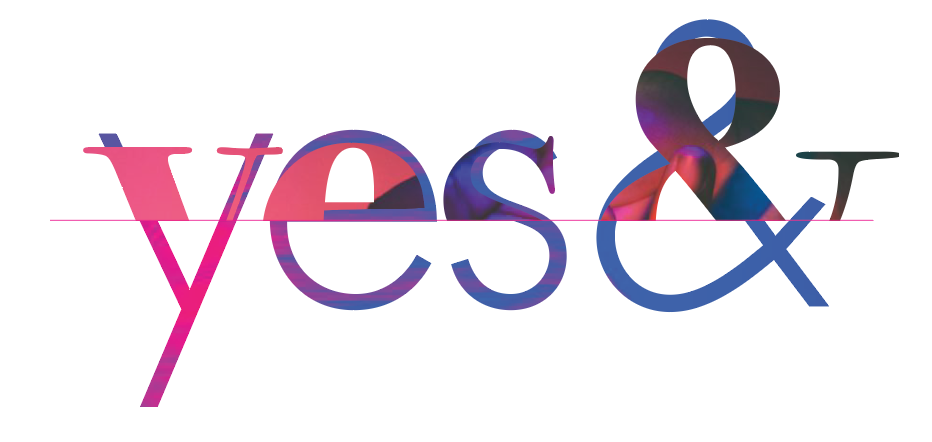The reading on Karl Gerstner opened with a provocative quote: “The process of designing is reduced to an act of selection: crossing and linking parameters.” Gerstner suggests that a framework could be devised where all that has been designed and all that will be designed can be found. Almost like the books in the Library of Babel, these parameters don’t just cover the look of the final product but can construct a simulated creativity through automated contexts and constraints. Would it be possible to build this framework— future-proofed and with low ambiguity? If so, how might that affect the likelihood of graphic design being taken over by AI, currently ranked by the University of Oxford as 8.2% probability?
Sol LeWitt’s work relies on ambiguity. In theory, a perfectly written set of instructions from LeWitt would result in a perfectly drafted piece of art (let’s set aside the problems with the term “perfect” for the sake of argument). Conversely, no instructions from LeWitt would result in a lack of his ownership over the piece drafted. This controlled ambiguity leads to diverse interpretations/drafts and is the purpose of the piece itself. So, if LeWitt controls and possesses the ambiguity in his text, does he also possess your interpretation of it? Are your past experiences under the umbrella of his creation? Remember: the ambiguity, being the purpose of the piece, would be nothing without the interpretation.

